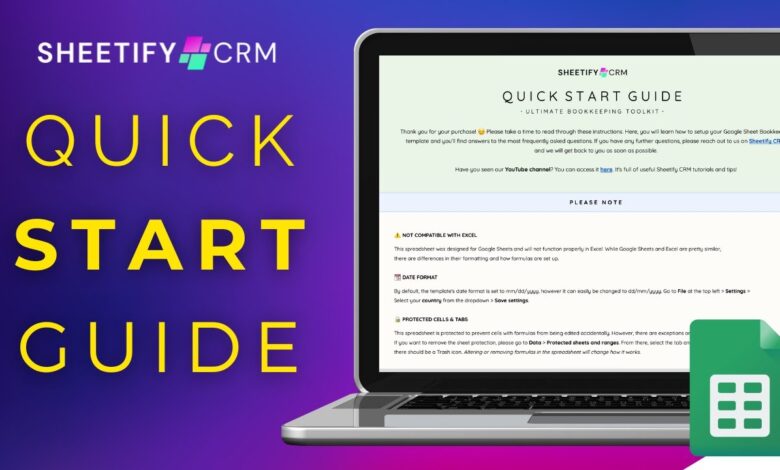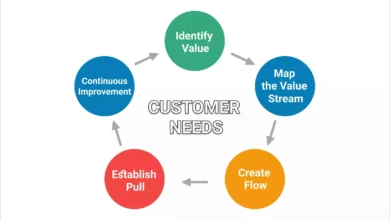Tipping Software Setup: A Quick Start Guide

Tipping software has become a game-changer in how businesses manage gratuities. Designed to streamline the process of calculating and distributing tips, these tools offer transparency that benefits both staff and management. The advent of comprehensive tipping software systems has brought about notable improvements in efficiency and accuracy. They not only automate tedious calculations but also help maintain records, which can be pivotal during audits or disputes. Understanding the core functionalities of these systems is essential for any business aiming to enhance its service operations and improve employee morale.
By reducing manual errors and simplifying compliance with labor laws, tipping software helps businesses stay legally sound and operationally efficient. It also fosters trust among employees, who can clearly see how tips are tracked and distributed. As the service industry continues to evolve, adopting such technology is becoming not just a convenience but a competitive necessity.
Choosing the Right Tipping Software
When it comes to selecting the best software for your needs, consider the unique requirements of your business and the features offered by each provider. User-friendliness, integration capabilities, pricing, and the level of customer support should all be pivotal in your decision-making process. The overwhelming choices can be narrowed by consulting reviews on technology websites and seeking feedback from industry peers. This ensures that the selection aligns with your business objectives and sets you up for a successful implementation. Some platforms also offer free trial periods that enable you to test their capabilities before committing.
Initial Steps in Tipping Software Setup
- Analyze Your Current Tipping Process: Begin by examining the current tipping procedures. Identify bottlenecks, inefficiencies, or challenges that cause delays or inaccuracies, and consider how software might address these issues.
- Consult with Stakeholders: Involve both managerial staff and frontline workers in discussions. This ensures that everyone’s needs are taken into consideration, increasing the likelihood of acceptance and successful integration.
- Test the Software: Conduct a small-scale pilot. This will enable you to assess the software’s effectiveness and ease of use without the risk of a full-scale implementation going awry. Pilot tests can uncover potential issues and allow for adjustments before a full rollout.
Configuring the Software for Business Needs
The configuration stage is crucial in tailoring the software to fit your specific business model and optimize its functionality. This involves setting up user accounts for employees, configuring the software to accommodate your particular tipping structure, and ensuring seamless integration with existing payroll systems. For businesses that operate in multiple regions or with varied service offerings, it’s vital to choose software that provides customization options that meet these demands. This adaptability is essential to allow the software to operate harmoniously with diverse business operations ranging from restaurants to hospitality establishments.
Training Your Staff
Effective training is the linchpin that connects the technology to its users. Staff must be adequately educated on the new system’s functionalities and benefits. Organizing comprehensive training sessions and providing resources ensures employees can navigate the software with confidence and efficiency. Industry resources, such as hospitality-focused guides, can offer valuable insights and strategies to develop a robust training program. Interactive training sessions, followed by practice sessions, can enhance understanding and retention, ultimately leading to smoother operational procedures.
Implementing Tipping Software in Daily Operations
To minimize disruptions, introduce the software during a slower period in your business operations. Implementing new technology gradually allows employees to adapt without the pressure of peak business hours. Providing hands-on support during the initial stages helps tackle any immediate issues and fosters a supportive environment. Encouraging feedback during this phase can identify any beneficial adjustments and bolster the functionality for long-term success.
Monitoring and Adapting
Post-implementation, ongoing assessment is vital to ensure the software meets its intended goals. Regularly collecting feedback from staff and customers is instrumental in identifying pain points that might not have been apparent initially. This feedback enables proactive troubleshooting and iterative adjustments to enhance the software’s efficacy. Additionally, staying informed about updates or advancements in tipping technology can provide opportunities to incorporate new features that bolster your operations, keeping you competitive and innovative.
Common Challenges and Solutions
Transitioning to a new tipping software can present challenges, such as resistance to change, technical issues, and software compatibility. These challenges can be effectively managed through clear communication, establishing reliable customer support channels, and implementing changes incrementally. Encouraging an open feedback culture within the team will quell apprehension and facilitate a smoother transition. Additionally, keeping abreast of industry trends provides insights that can ensure your business remains agile and competitive, leveraging technology for continuous improvement.
Conclusion
Setting up tipping software is more than just a technical upgrade—it’s a strategic move toward greater efficiency, transparency, and employee satisfaction. By thoroughly understanding your current processes, choosing the right platform, and ensuring proper training and support, your business can successfully navigate the transition with minimal disruption. The key lies in thoughtful planning, ongoing evaluation, and a willingness to adapt as needs evolve. With the right approach, tipping software can become a powerful asset that supports smoother operations, happier teams, and improved customer service in the long run.
As businesses embrace this digital shift, they position themselves to meet modern expectations in both employee experience and operational performance. The long-term benefits far outweigh the initial learning curve, especially when supported by clear communication and continuous improvement. Ultimately, tipping software isn’t just a tool—it’s a catalyst for growth and sustainability in a competitive service landscape.



